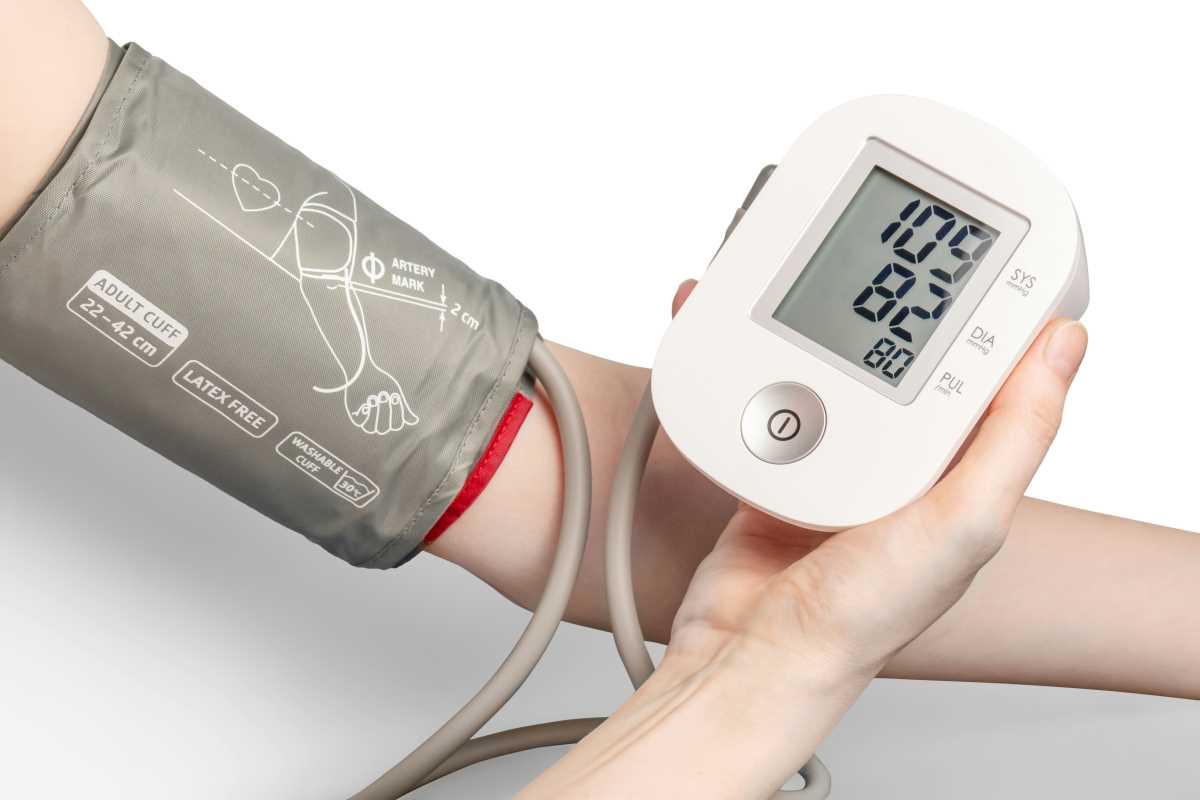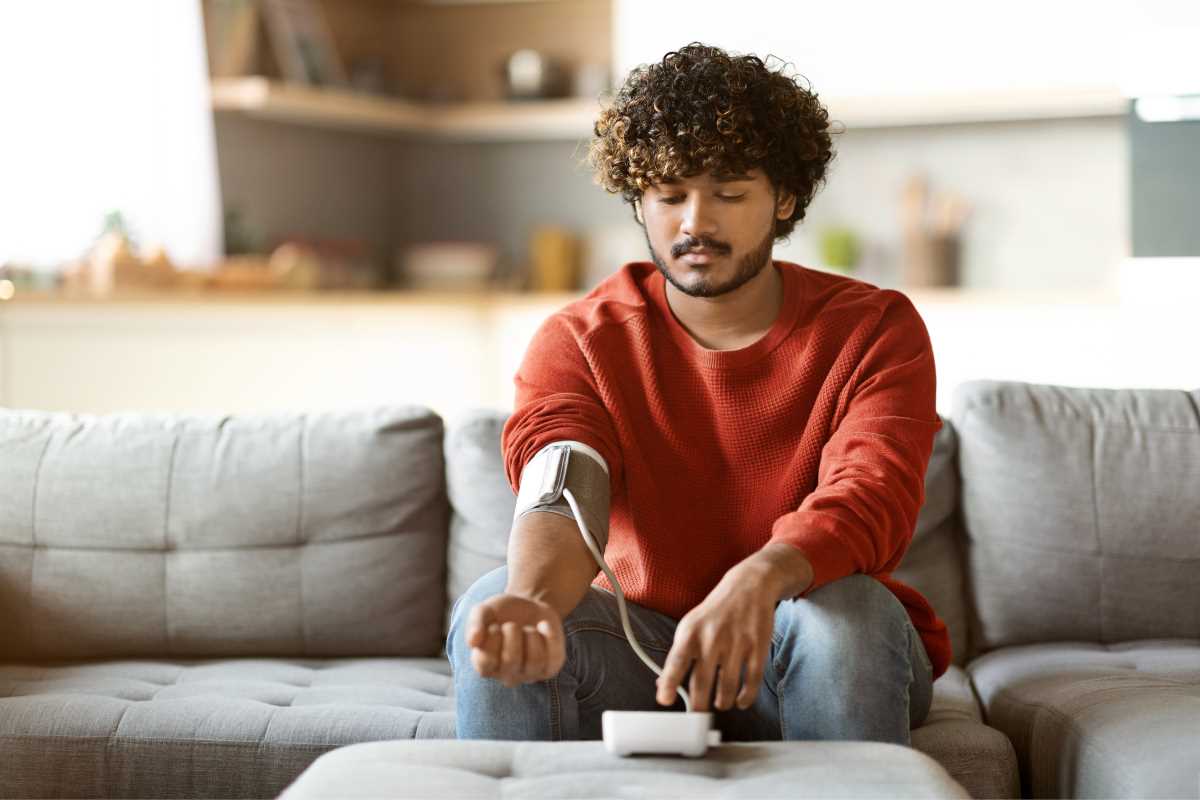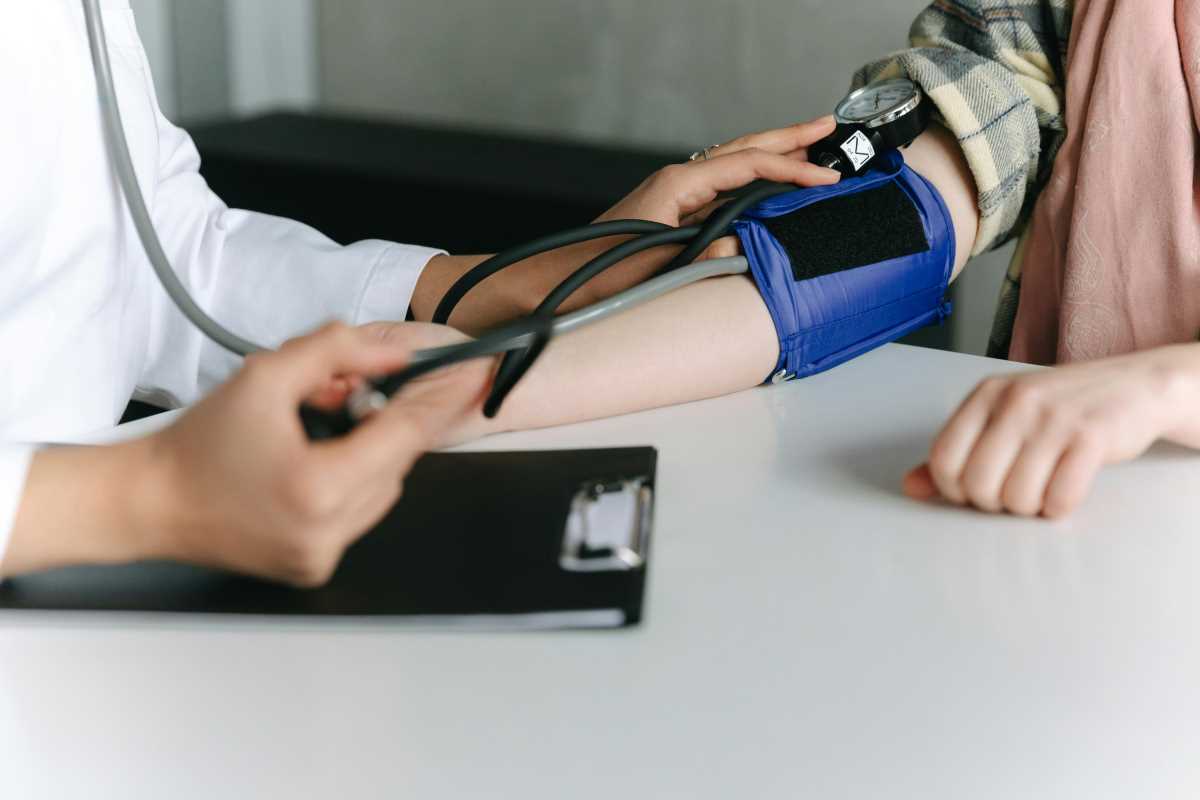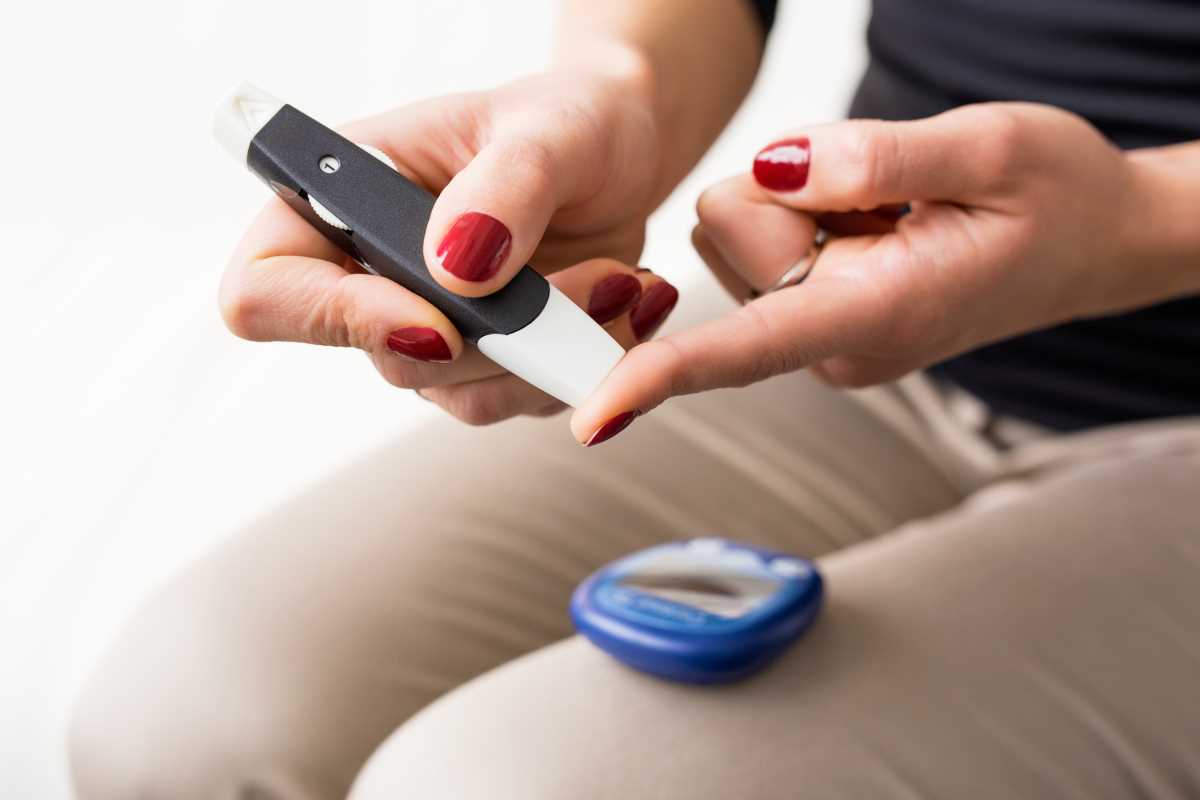Imagine walking into your doctor's office and getting a diabetes diagnosis from a simple breath test, or having your smartphone camera detect early warning signs just by looking at your eyes. These scenarios might sound like science fiction, but groundbreaking research is bringing us closer to revolutionary ways of diagnosing diabetes—methods that could catch the disease years before traditional testing ever would.
For adults navigating their middle years, these advances couldn't come at a better time. Type 2 diabetes affects nearly 11% of Americans, with rates climbing steadily as we age. The current diagnostic process often misses the disease in its early stages, when intervention could prevent serious complications. But emerging scientific discoveries are poised to transform everything we know about diabetes detection and management.
Beyond Blood Sugar: The Genetic Revolution
Traditional diabetes diagnosis relies heavily on blood sugar measurements—fasting glucose tests, oral glucose tolerance tests, and A1C levels. While these methods work, they often identify diabetes only after significant damage has already occurred. Scientists are now looking deeper, examining our genetic code for clues that could predict diabetes risk decades before symptoms appear.
According to recent research, there are over 400 genetic variants associated with Type 2 diabetes risk. This comprehensive genetic profile, called a polygenic risk score, can predict diabetes development with remarkable accuracy. A landmark 2021 study published in Nature Genetics followed over 120,000 participants and found that individuals with the highest genetic risk scores were five times more likely to develop diabetes within 10 years.
What makes this particularly exciting is how genetic testing could reshape prevention strategies. Rather than waiting for elevated blood sugar levels, healthcare providers could identify high-risk individuals in their 20s and 30s, implementing aggressive lifestyle interventions when they're most effective. Dr. Sekar Kathiresan, a leading researcher in genetic risk prediction, notes that genetic testing could help us "shift from treating disease to preventing it entirely."
The practical implications extend beyond individual risk assessment. Genetic testing could help doctors personalize treatment approaches, determining which medications work best for specific genetic profiles. Some patients might respond better to metformin, while others could benefit more from newer drug classes like SGLT2 inhibitors.
The Biomarker Breakthrough: New Windows Into Disease
While genetics reveal predisposition, biomarkers offer real-time insights into disease progression. Scientists have identified dozens of novel biomarkers that change long before traditional blood sugar tests show abnormalities.
One promising avenue involves measuring specific proteins in the blood that indicate insulin resistance and pancreatic dysfunction. Research from Harvard Medical School identified a protein called RBP4 (retinol-binding protein 4) that becomes elevated years before diabetes diagnosis. In a study of over 3,000 women, those with the highest RBP4 levels had a 60% increased risk of developing diabetes within the next decade.
Another breakthrough involves measuring inflammatory markers that contribute to diabetes development. C-reactive protein (CRP), interleukin-6, and other inflammatory compounds can signal the chronic inflammation that underlies insulin resistance. A comprehensive study published in Diabetes Care found that combining multiple inflammatory markers with traditional risk factors improved diabetes prediction accuracy by 40%.
Perhaps most intriguingly, researchers are exploring metabolomics—the study of small molecules produced by cellular processes. Scientists at the University of California San Diego discovered that specific metabolites in blood and urine change up to five years before diabetes symptoms appear. These "metabolic fingerprints" could enable incredibly early detection, potentially preventing the disease entirely through timely intervention.
Continuous Monitoring
Continuous glucose monitors (CGMs), originally designed for diabetes management, are revealing new insights about glucose patterns in healthy individuals. This technology is uncovering subtle abnormalities that traditional testing misses entirely.
Research published in Cell Metabolism used CGMs to monitor glucose patterns in over 200 healthy adults for several weeks. The study revealed that many people experience significant glucose spikes after meals—patterns that could predict future diabetes development. Participants with the most erratic glucose responses were three times more likely to develop prediabetes within two years.
These findings suggest that CGM technology could become a powerful screening tool. Instead of relying on single-point blood tests that capture just a moment in time, continuous monitoring provides a comprehensive picture of glucose metabolism. Dr. Michael Snyder, director of Stanford's Center for Genomics and Personalized Medicine, believes CGMs could "revolutionize how we think about metabolic health in the general population."
The technology is becoming increasingly accessible. Current CGMs are smaller, more accurate, and more affordable than ever before. Some newer devices can transmit data directly to smartphones, making continuous monitoring as simple as checking your text messages. Insurance coverage is expanding beyond diabetes patients to include those with prediabetes and high risk factors.
Artificial Intelligence
Artificial intelligence is transforming diabetes detection in ways that seemed impossible just a few years ago. Machine learning algorithms can now identify diabetes risk from unexpected sources—retinal photographs, voice recordings, and even smartphone keyboard patterns.
One of the most remarkable developments comes from Google's AI research division, which trained algorithms to detect diabetic retinopathy from smartphone photos of the eye. This technology, validated in multiple clinical trials, can identify diabetes-related eye damage with 90% accuracy—matching or exceeding human specialists. The implications are staggering, particularly for underserved communities where specialized eye care isn't readily available.
Researchers at Klick Labs made another surprising discovery: they developed AI models that can detect Type 2 diabetes from six-second voice recordings with 89% accuracy for women and 86% for men. The algorithm analyzes subtle changes in voice patterns that accompany diabetes-related physiological changes. This non-invasive screening method could be integrated into telemedicine consultations or even smartphone health apps.
Perhaps most intriguingly, scientists are using AI to analyze combinations of easily obtainable data—age, weight, blood pressure, basic lab values, and family history—to predict diabetes risk with unprecedented precision. A study from Nottingham University analyzed health records from over 370,000 patients and developed AI models that predicted diabetes development five years in advance with 80% accuracy.
Wearables
Smart wearables are evolving beyond step counting to become sophisticated health monitoring devices. Apple's recent partnership with Stanford University demonstrated that Apple Watches could detect irregular heart rhythms with remarkable accuracy. Similar technology is being developed for diabetes detection.
Researchers at UC San Diego are working on non-invasive glucose monitoring through skin sensors that measure glucose in interstitial fluid. Early trials show promise, with accuracy levels approaching traditional blood glucose meters. If successful, this technology could enable continuous diabetes screening without needles or test strips.
Other wearable innovations include sweat-based glucose monitoring and optical sensors that use light to measure blood sugar levels through the skin. While these technologies are still in development, they represent the future of diabetes screening—continuous, non-invasive, and seamlessly integrated into daily life.
Breath Analysis
One of the most accessible diagnostic innovations involves analyzing exhaled breath for diabetes biomarkers. When blood sugar levels are elevated, the body produces specific volatile organic compounds that can be detected in breath samples.
Research from the University of Oxford developed breath analysis devices that can detect Type 1 diabetes with 100% accuracy and Type 2 diabetes with 87% accuracy. The test takes less than five minutes and requires no blood samples or fasting preparation. Clinical trials are underway to validate this technology for widespread screening programs.
Looking Ahead
These scientific advances are converging toward a future where diabetes detection becomes proactive rather than reactive. Instead of waiting for symptoms or elevated blood sugar, we'll combine genetic testing, biomarker analysis, continuous monitoring, and AI-powered risk assessment to identify and prevent diabetes before it develops.
This shift has profound implications for the millions of Americans at risk for diabetes. Earlier detection means more opportunities for prevention through lifestyle modifications. Personalized risk assessment enables targeted interventions that are most likely to succeed for individual patients. And continuous monitoring allows for real-time adjustments to treatment strategies.
For adults in their 40s and 50s—when diabetes risk increases substantially—these technologies offer hope for maintaining long-term health and avoiding the complications that accompany uncontrolled diabetes. The future of diabetes care isn't just about better treatment; it's about prevention, personalization, and precision medicine that keeps people healthy throughout their lives.
The scientific findings emerging today are laying the groundwork for a world where diabetes becomes a preventable disease rather than an inevitable consequence of aging and genetics. We're moving toward truly personalized medicine, where your unique genetic profile, biomarker patterns, and real-time physiological data combine to create a comprehensive picture of your metabolic health—and actionable strategies to protect it.
Disclaimer: The content provided on SuperHealthyTips is for informational and educational purposes only. This information is not intended to be a substitute for professional medical advice, diagnosis, or treatment.
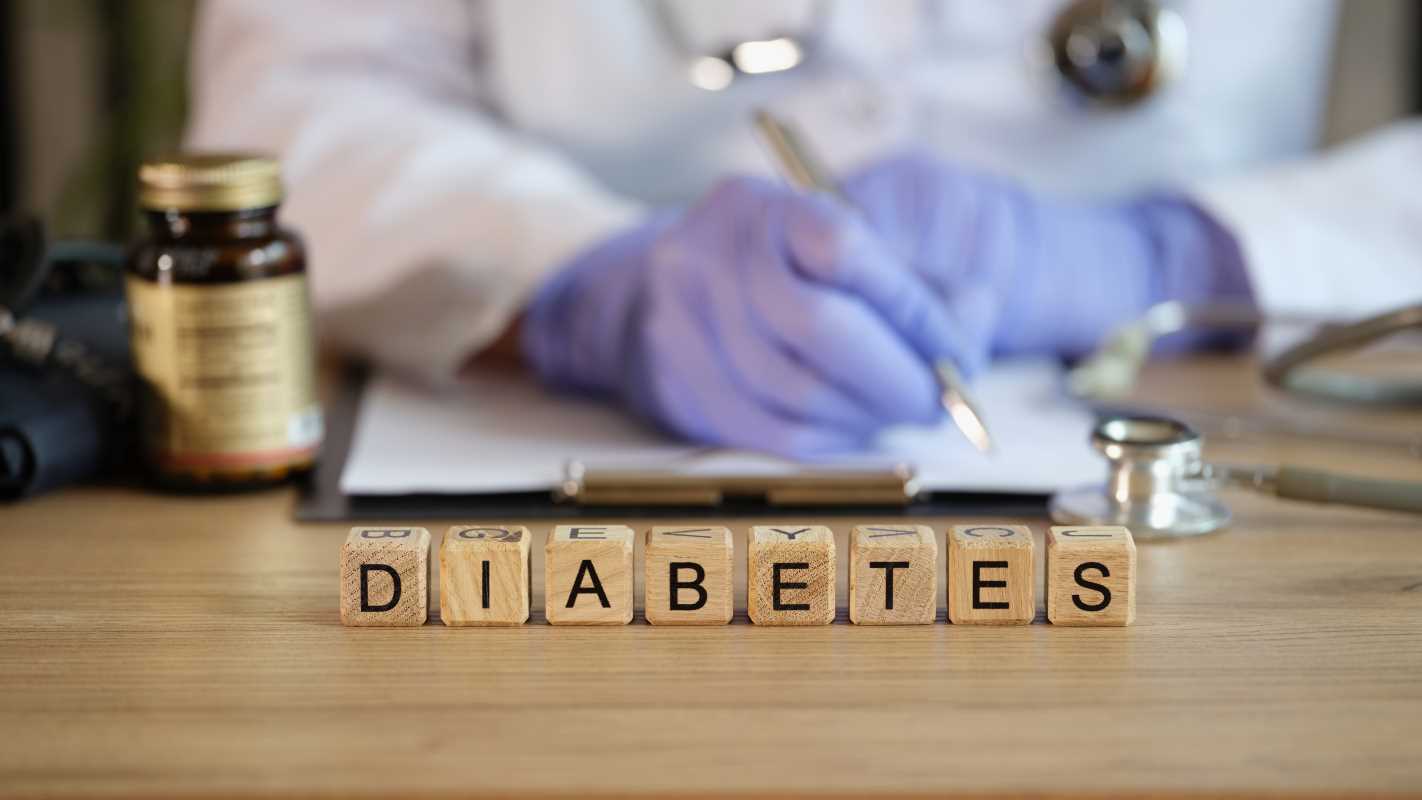 (Image via
(Image via
